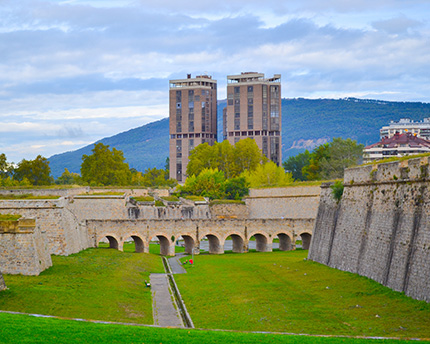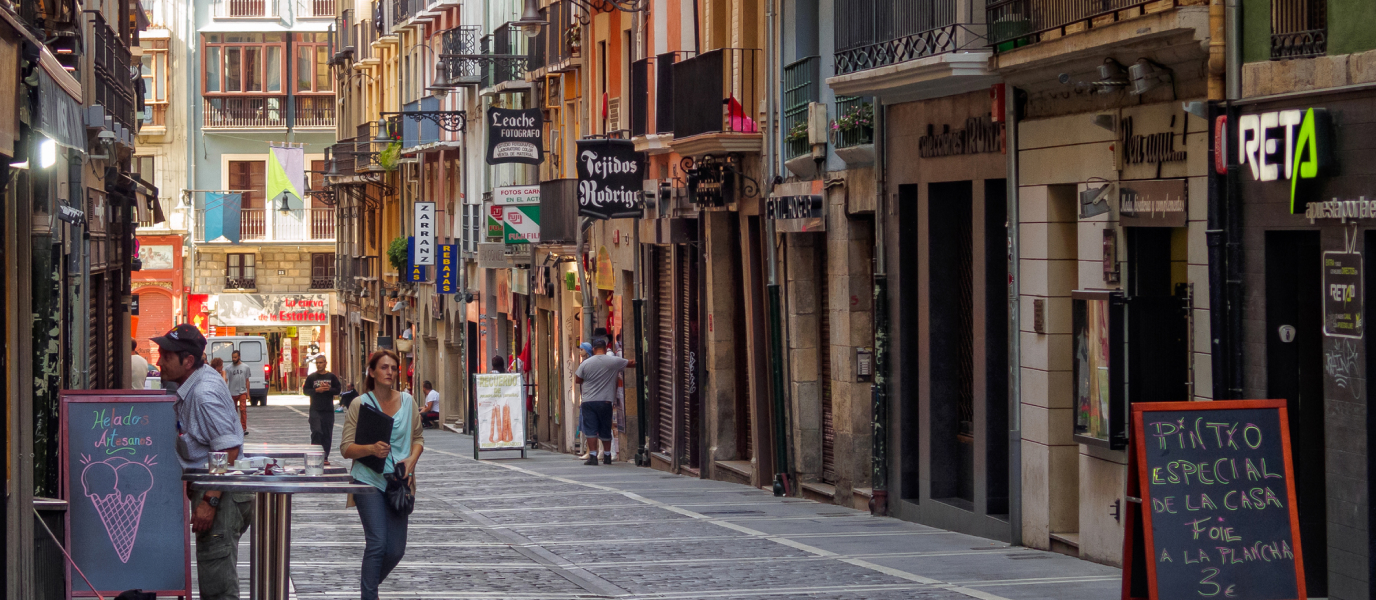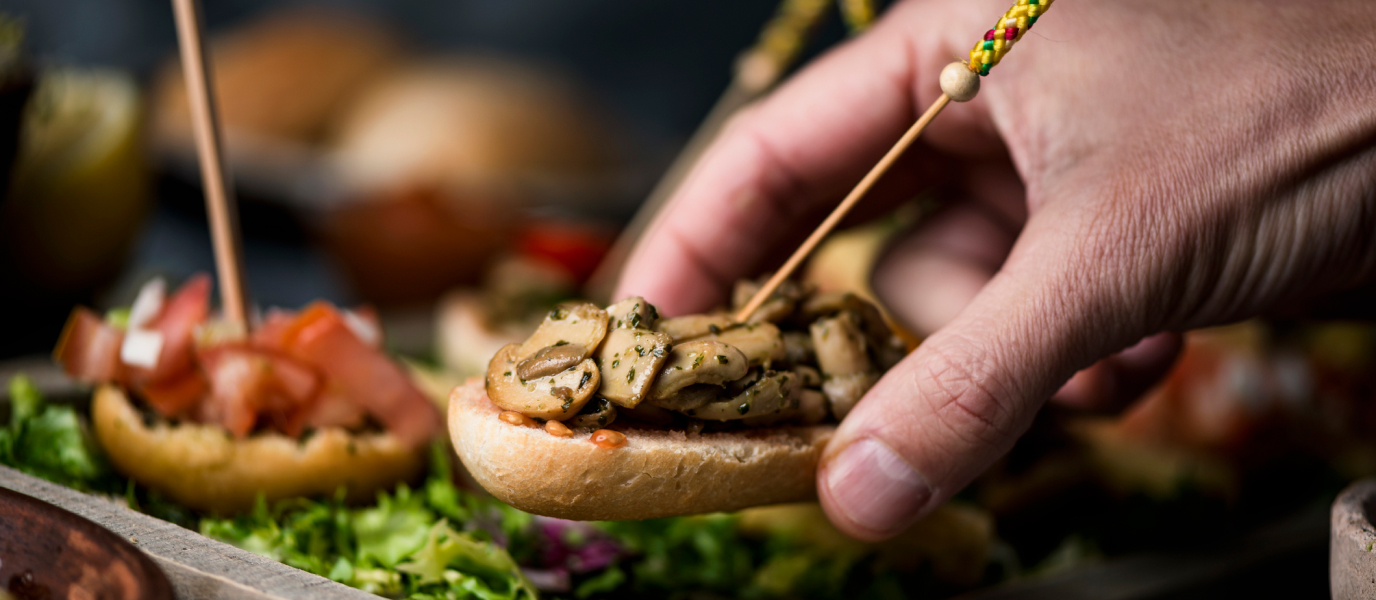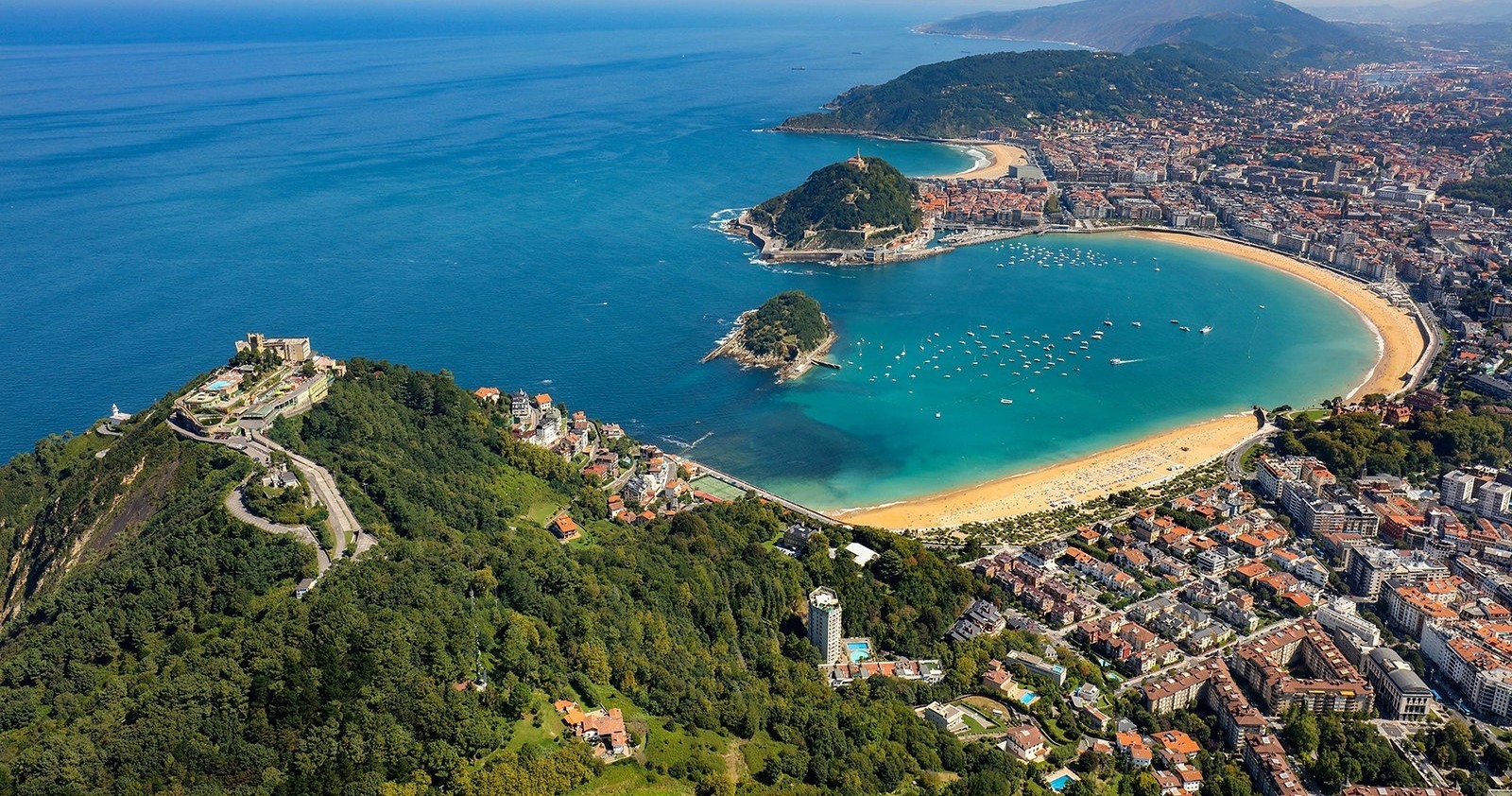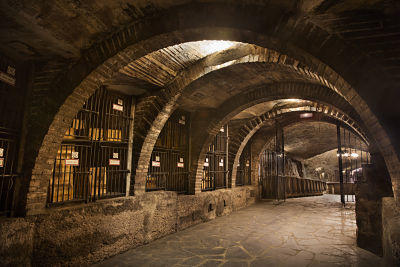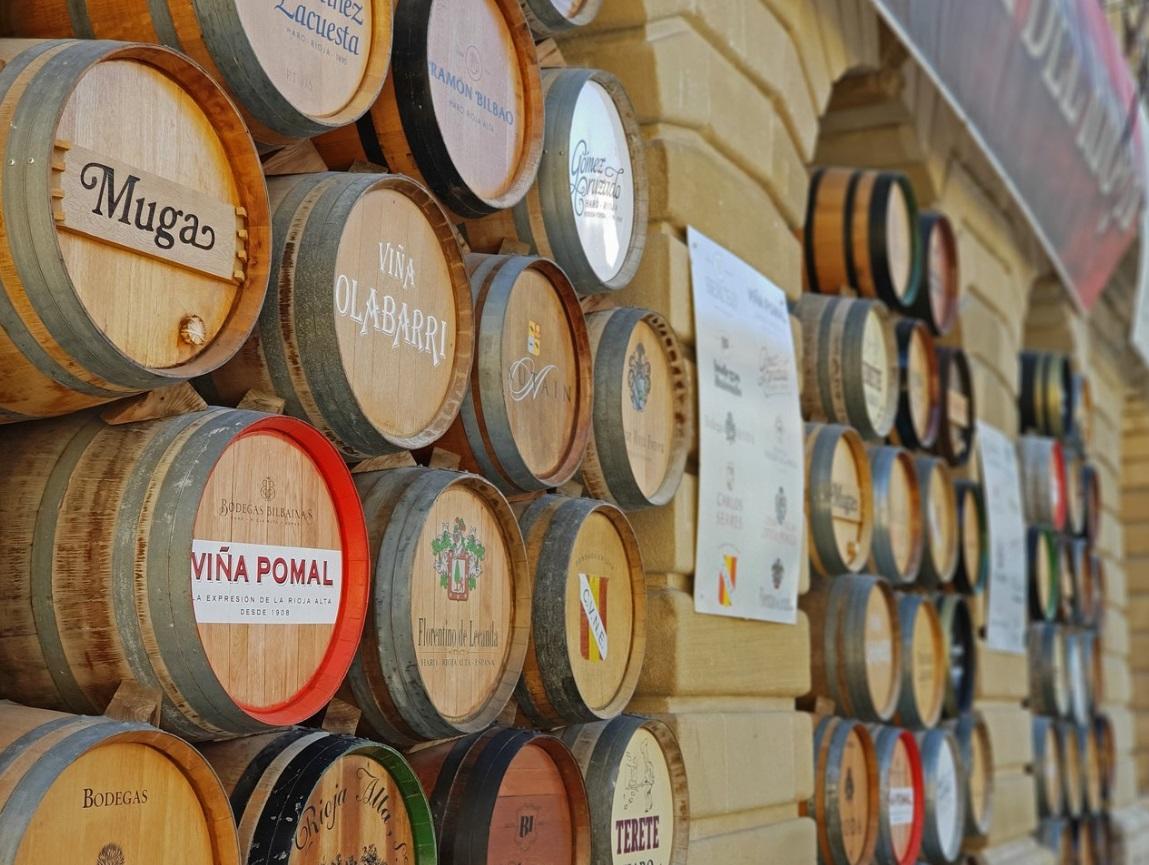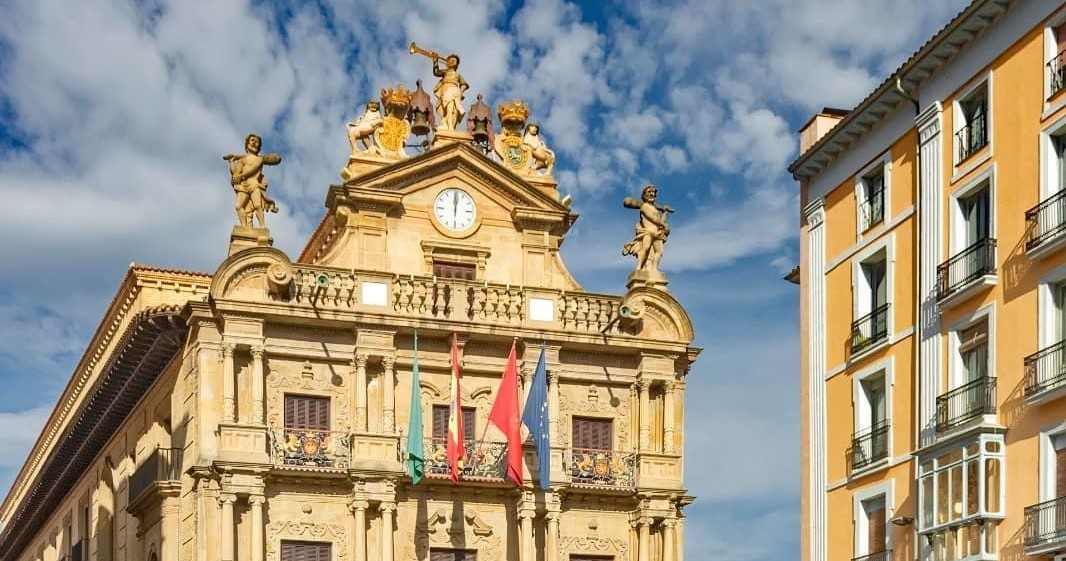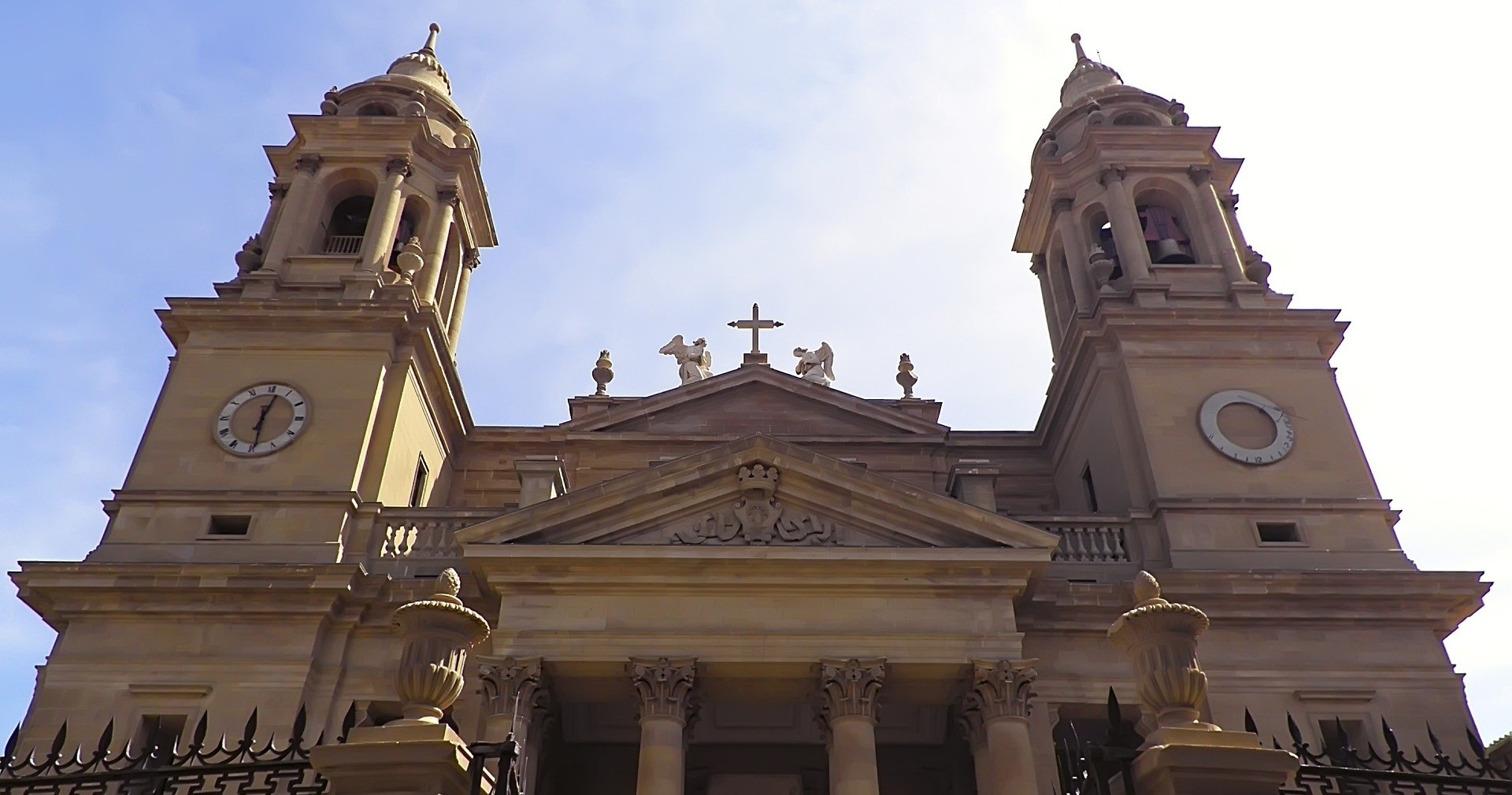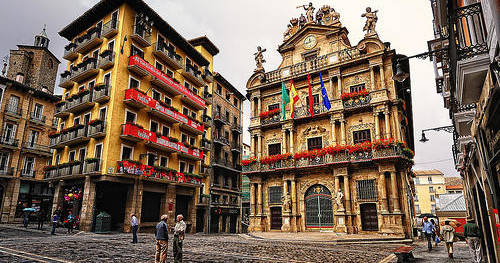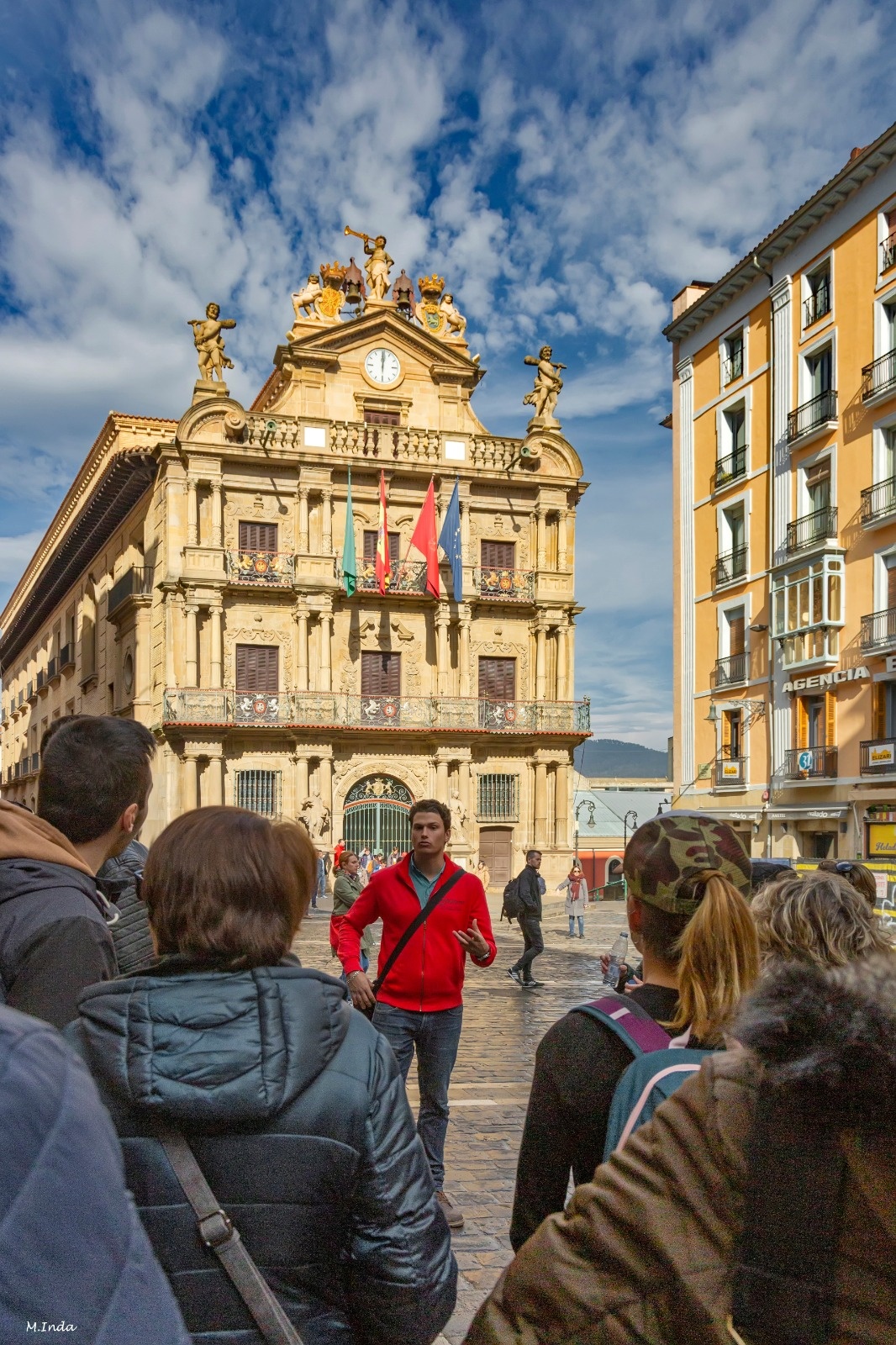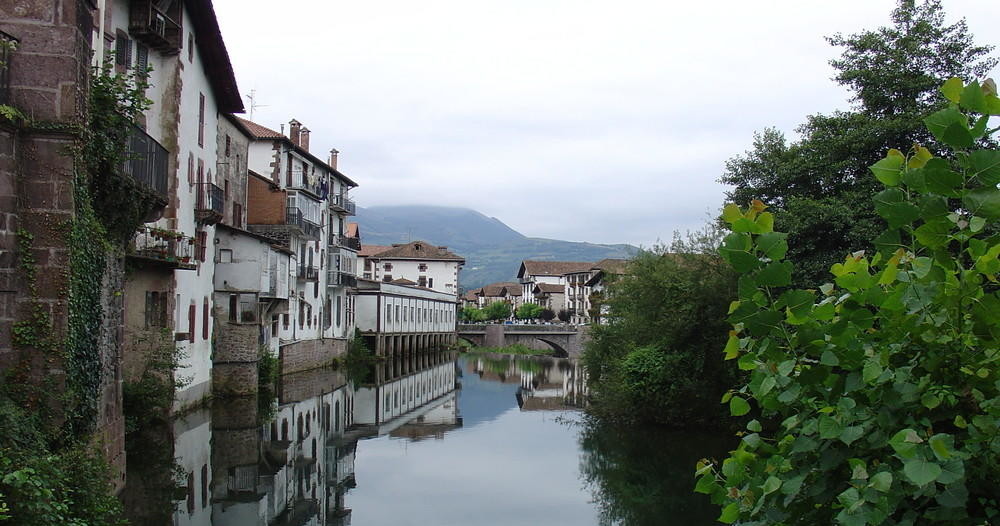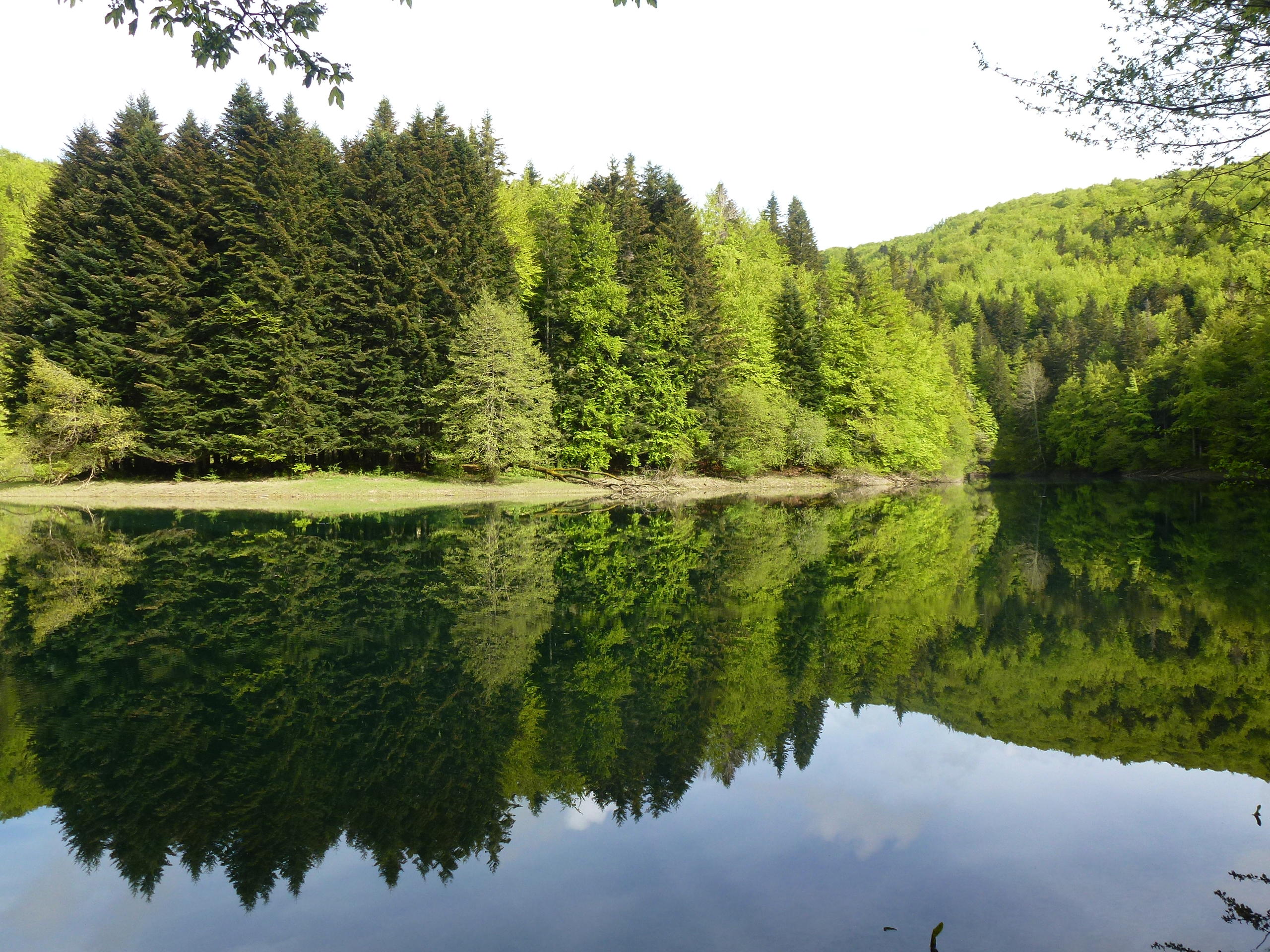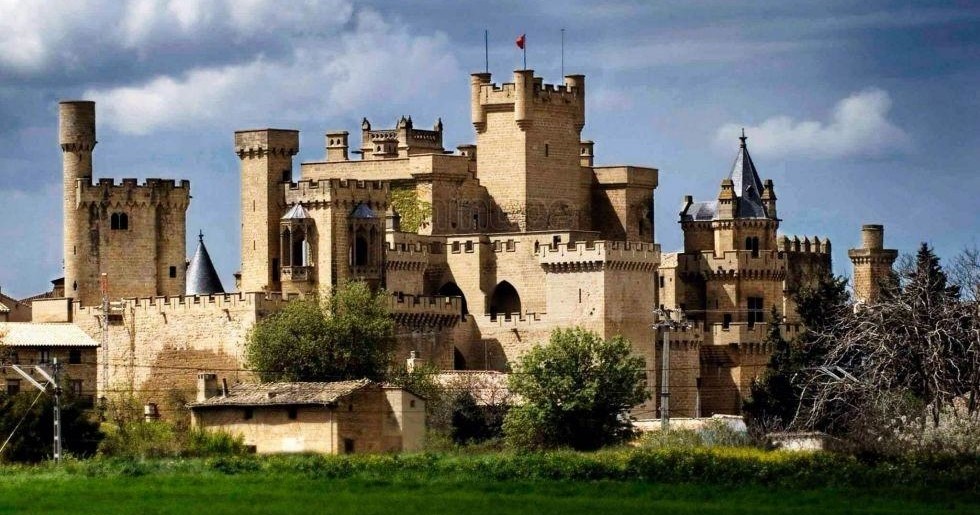What should you buy in Pamplona? San Fermín handkerchiefs, rubber giants and a tin of Navarran asparagus are just some of the typical things bought by tourists when they visit Pamplona. Other popular items are: leather wineskins, posters of the Festival of San Fermín, magnets, keyrings, and cups and plates decorated with images of the city.
The historic centre of Pamplona has lots of traditional shops (antique shops, bookshops, gourmet stores, gift shops, etc.) and markets for shopping. Central Segundo Ensanche neighbourhood is the most popular shopping district in the city and has over 800 shops, including local businesses and international brands.
And if you’d like to visit a department store or large shop without leaving the city centre, there’s an El Corte Inglés, a Zara and a Decathlon between Avenida de Roncesvalles and Calle García Ximénez. Two big shopping malls, La Morea and Itaroa, are on the outskirts of the city.
Typical food and drink
Navarre is synonymous with great food, just like other regions of Spain. In addition to the famous asparagus, piquillo peppers stuffed with cod, chilindrón lamb and white beans with txistorra sausage, to name just a few classic dishes, it’s a local tradition ‒ that tourists can enjoy too ‒ to go out for pintxos and order fried squid, croquettes, octopus, foie pintxos, pastries and other ‘haute cuisine’ tapas.
If you’d like to buy typical Navarran food and drink, as well as trying it in the city’s hundreds of bars and restaurants, here are some of the most traditional:
Drinks and spirits
Designation of Origin of Navarre wine (red, rosé, white, sweet, etc.), a bottle of cider, pacharán (sloe brandy), or a sparkling wine ‒ products by Mendavia and Viana are Designation of Origin Cava.
Typical locally grown produce
Piquillo peppers, asparagus, artichokes, white beans, Etxauri cherries, Idiazábal cheese, txistorra, Pamplona chorizo, birika (a traditional cured meat from Navarran pigs), reared meat and game, and sweet goods like txantxigorri cakes and garrotillos de chocolate.
Typical souvenirs from Pamplona
The most typical souvenir that people buy from Pamplona is a San Fermín handkerchief but other popular items are the sash worn during the festival, and a txapela or rubber giant. These dolls are sold in many shops in the old town and sales skyrocket during the Festival of San Fermín.
Wineskins made from goat leather are also much sought-after by Spanish and international tourists. Las Tres ZZZ is the oldest (it opened in 1873) and most famous shop selling these items in Pamplona and still makes wineskins using traditional artisan methods.
You can also buy wooden souvenirs such as traditional clogs, cheese moulds and kaiku, bowls used to collect milk during milking and to make curd in a traditional way.
Finally, there are lots of souvenir shops selling cups, badges, keyrings, and other gift items that are decorated with images of San Fermín and the city.
The best shops in Pamplona
Pamplona’s old town and the Segundo Ensanche neighbourhood have dozens of traditional shops that have been there forever, and also the big international brands.
Thanks to its width, and having a kilometre of pedestrianised street, Avenida de Carlos III in the Ensanche is home to the main international fashion brands and dozens of other shops of every kind. It’s the busiest shopping area in Pamplona.
Three markets selling fresh locally-grown produce are: Santo Domingo Market (Cuesta de Santo Domingo), El Ensanche Market (Calle Amaya, 15) and Ermitagaña Market (Calle Ermitagaña, 4).
It’s hard to name the best shops in Pamplona because there are so many, and of so many diverse kinds, but there are a few prestigious establishments that are extremely famous because of their long history. For example, gift shops such as Souvenirs Estafeta ‒ the oldest in the city, which has reopened after being closed by its former owners ‒ Olentzero and Souvenirs Echeve.
Another hugely famous shop in Pamplona is Kukuxumusu with its drawings that are known and loved around the world. After closing for a couple of years, it reopened in 2022 at Calle Estafeta, 76 and it’s known for its fun clock that counts down to the start of the Festival of San Fermín.
And special mention must be made of patisseries such as Pastas Beatriz, also in Calle Estafeta, 22. It’s loved for its garroticos, a type of small chocolate croissant that are now part of traditional Navarran cuisine. There are also many other patisseries with a long history, including Confitería Layana in Calle Calceteros, 12, which opened in 1871; and sweet shop and chandlers Donézar, which was founded in 1853 and is at Calle Zapatería, 47.





























































